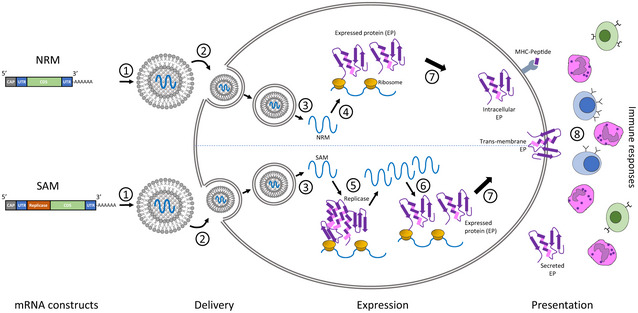Figure 3. Conceptual framework for the production of mRNA vaccines.

Two categories of mRNA constructs are being actively evaluated. Non‐replicating mRNA (NRM) constructs encode the coding sequence (CDS) and are flanked by 5′ and 3′ untranslated regions (UTRs), a 5′‐cap structure and a 3′‐poly‐(A) tail. The self‐amplifying mRNA (SAM) construct encodes additional replicase components able to direct intracellular mRNA amplification. (1) NRM and SAM are formulated in this illustration in lipid nanoparticles (LNPs) that encapsulate the mRNA constructs to protect them from degradation and promote cellular uptake. (2) Cellular uptake of the mRNA with its delivery system typically exploits membrane‐derived endocytic pathways. (3) Endosomal escape allows release of the mRNA into the cytosol. (4) Cytosol‐located NRM constructs are immediately translated by ribosomes to produce the protein of interest, which undergoes subsequent post‐translational modification. (5) SAM constructs can also be immediately translated by ribosomes to produce the replicase machinery necessary for self‐amplification of the mRNA. (6) Self‐amplified mRNA constructs are translated by ribosomes to produce the protein of interest, which undergoes subsequent post‐translational modification. (7) The expressed proteins of interest are generated as secreted, trans‐membrane, or intracellular protein. (8) The innate and adaptive immune responses detect the protein of interest. Reproduced from (Jackson et al, 2020), with permission.
